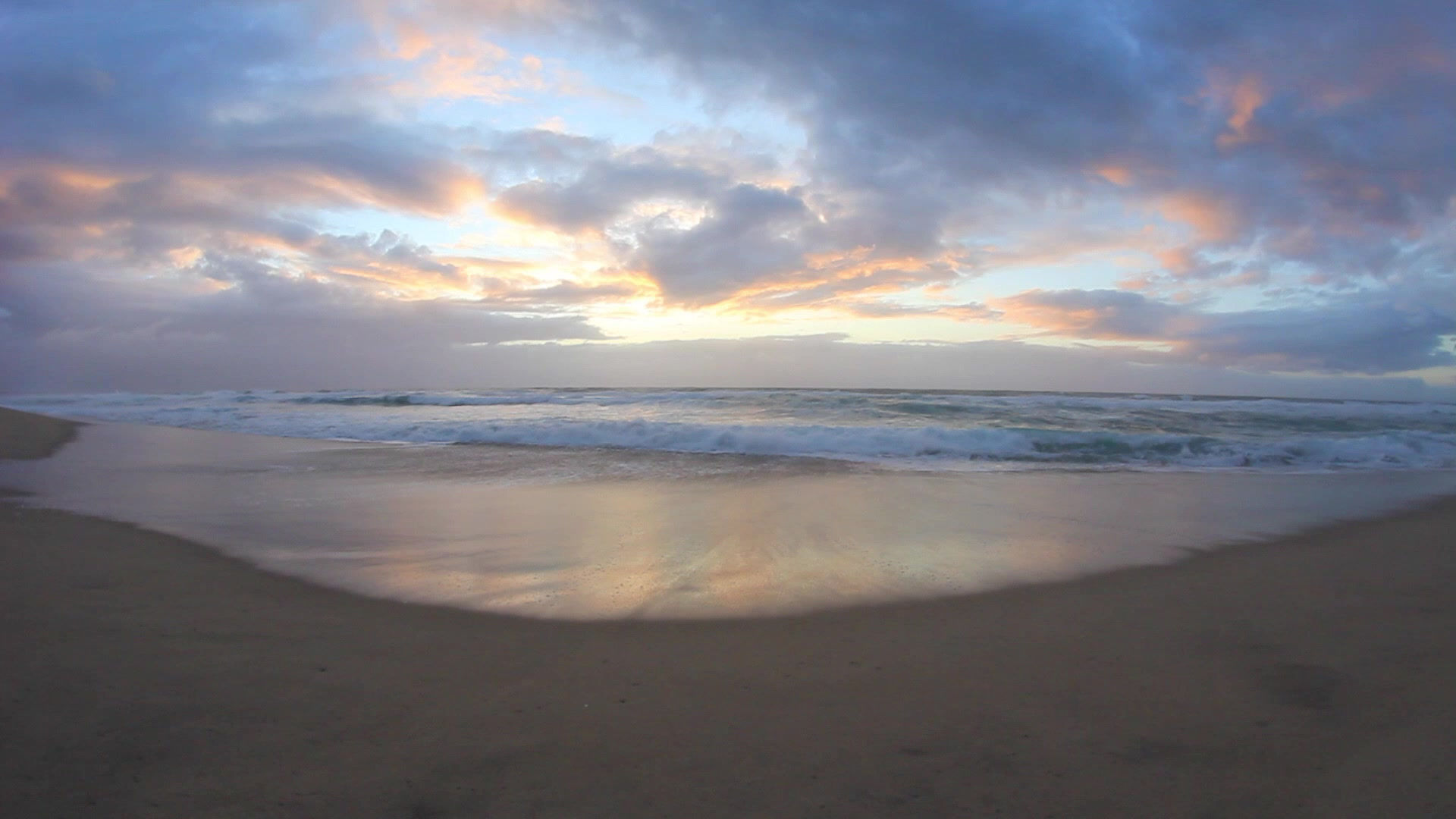RICHARD DILLON, Fernweh: The Need to Travel
- Jonathan Widran
- 1 hour ago
- 3 min read
The story behind the creation of Richard Dillon’s latest heartfelt, rhythmically eclectic and deeply soulful solo piano based album Fernweh: The Need to Travel reflects the fascinating and intuitive camaraderie between the artist and another masterful new age piano veteran, Neil Patton.

The two first met some years ago at a Whisperings Solo Piano gathering in L.A. and quickly became great fans and supporters of each other’s music and individual careers. In 2016, Patton traveled to Seattle to record some of Dillon’s two-piano arrangements for the latter’s Christmas album What Child Is This; Patton also added vocals to one of the tunes. Dillon recently uncovered a large collection of music files on a hard drive he thought was lost. The trove included dozens of solo piano improvisations and sketches the pianist had not heard in years. He wanted to finish these pieces, arthritis in his hands prevented him from performing and recording them.
Dillon contacted Patton and asked if he would take the compositions to a finished level of performance. Patton had him transcribe each piece in notation; he then read the music and added his own interpretation to those tracks. The first project featuring these rediscovered gems was The Lost Tracks (2024), on which Patton performed seven of the 15 tracks. Dillon’s later discovery of more long-lost compositions and improvs ultimately resulted in the richly immersive, continuously melodically and harmonically engaging, Fernweh: The Need to Travel, with Dillon and Patton performing eight tracks each.
It’s a grand, stylistically diverse, constantly mood shifting gathering that, reflective of its title, intriguingly connects the varied compositions to the overarching theme of discovering exciting new places – mostly in the heart as a multi-faceted inner journey, but often via physical places in the world around us. Fernweh is a German word that translates to “farsickness” and describes a deep longing for distant places, a craving to travel or a feeling of being homesick for a place you’ve never been. Captured magnificently in tunes like the graceful, gently romantic “Camelot,” the lyrical and wistful “Mother Ireland” and more lighthearted, whimsical dance “Chasing Butterflies,” the concept of Fernweh involves a desire for the unknown, fresh experiences and unseen places.
Because the focus should be on Dillon’s transcendent compositions, listeners who wish to know which tracks feature him or Patton on the piano are encouraged to look for the credits on the streaming services. Suffice to say that from the tenderly soothing reflection “Breakfast with My Best Friend” through the exquisite immersion into the joys, pains and secrets of “Mother’s Eyes,” Fernweh is a hauntingly beautiful collection of thoughtful and adventurous pieces we’re blessed to have.
Among the tracks that are purely solo piano, my other suggested “entry points” into the full experience are the nostalgic, sweetly introspective “Memories of You,” the meditative, darkly hypnotic “Goodbye” and “Echoes of a Broken Heart,” and “-20,” a somber improvisation whose heavy chords and starkness reflect the intense chill the unique title invokes.
Though the front cover of Fernweh: The Need to Travel indicates that it’s a solo piano release, several of the pieces include some complementary instrumentation or sonic textures that bring their artistry to a higher level. The title track, for instance, includes echoing synth “thunder” effects and a sudden burst of extended symphonic grandeur that invokes the spirit of traveling not only to another place but another dimension entirely. Likewise, the dreamy cinematic atmospheres that sweep in midway through “Only Tomorrow Knows” enhances the experience of transporting into the hopefully majestic unknown.
Another piece, “Into the Mines” showcases Dillon’s passion for musical storytelling with a somber cello, wistful violin and an opening whistle, wind and a door closing to take us deep in the earth for a literal “dig” that parallels the artist’s overall theme of discovering something new and exciting by rediscovering something old and long forgotten.







Comments